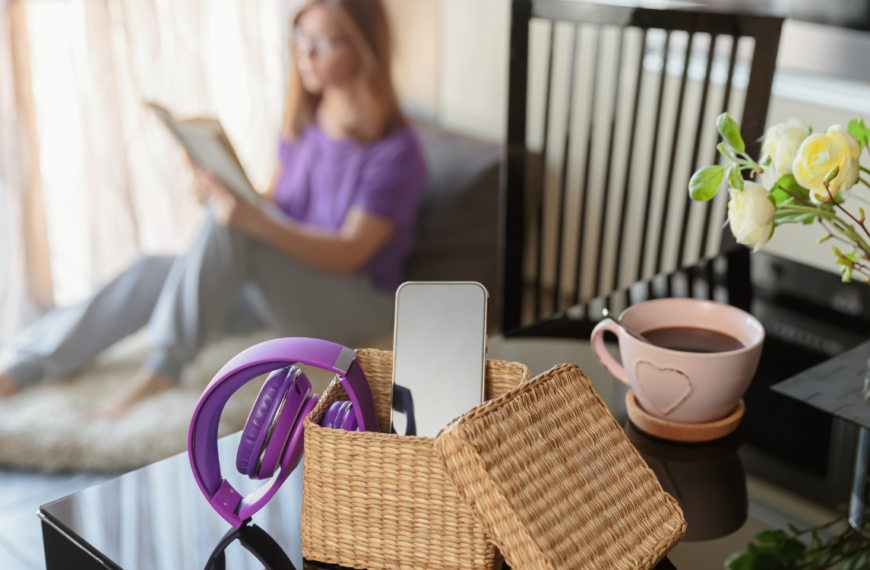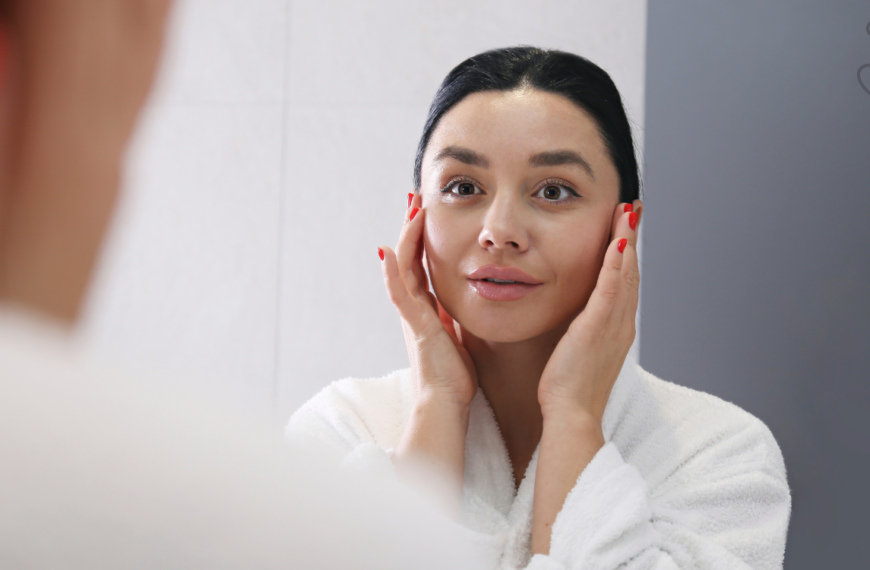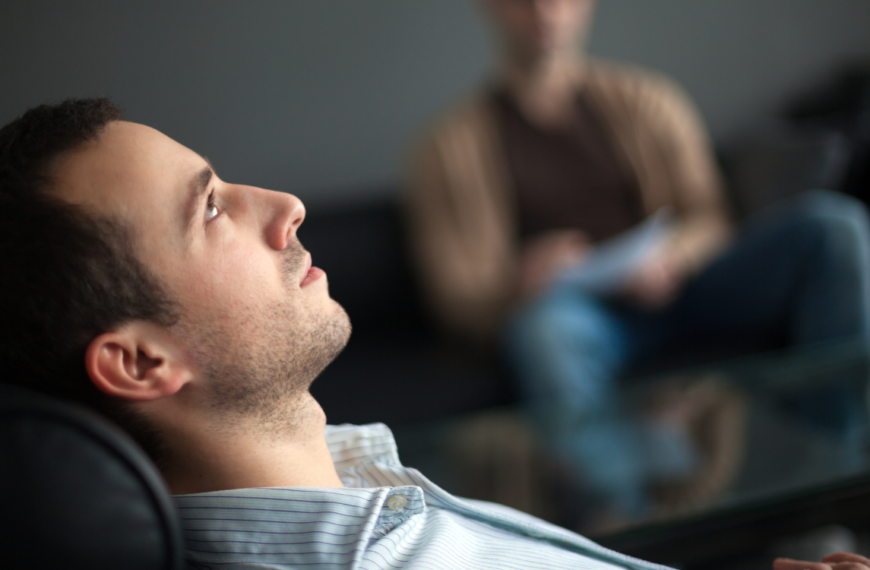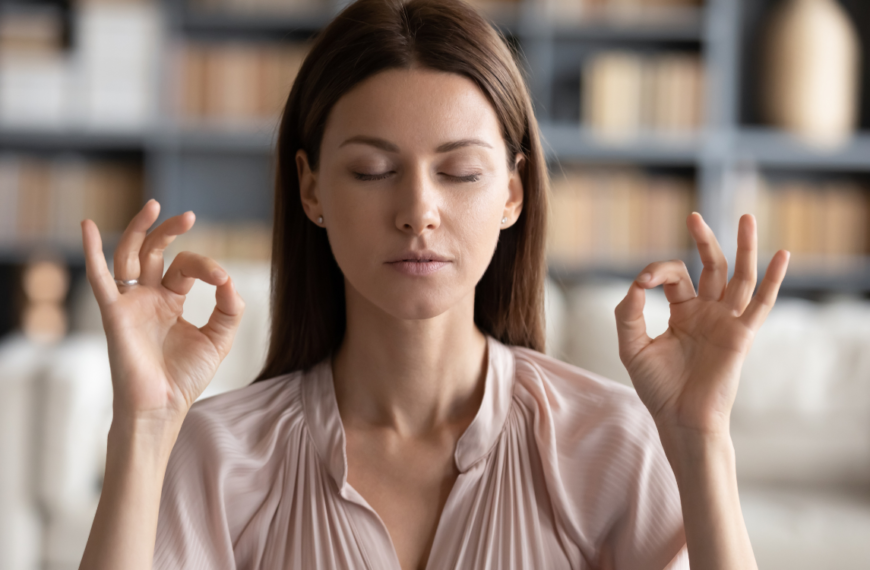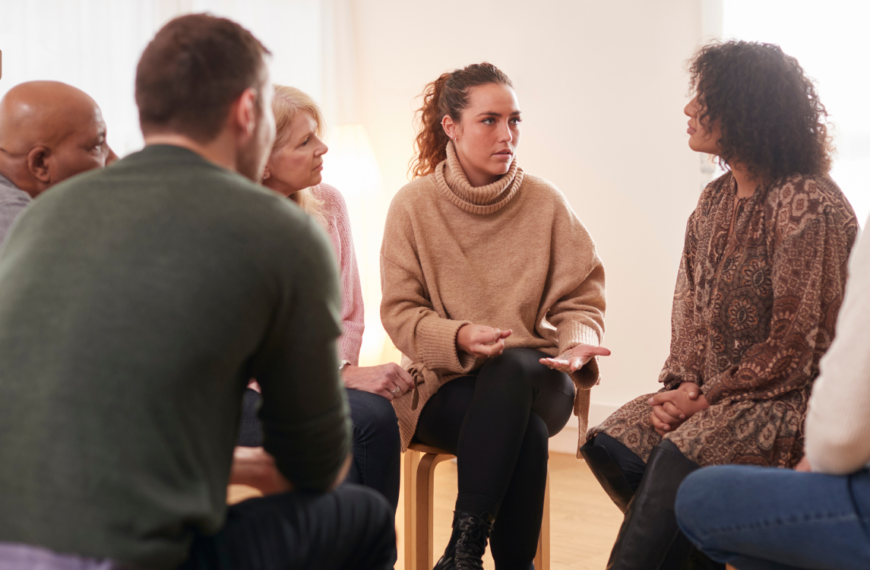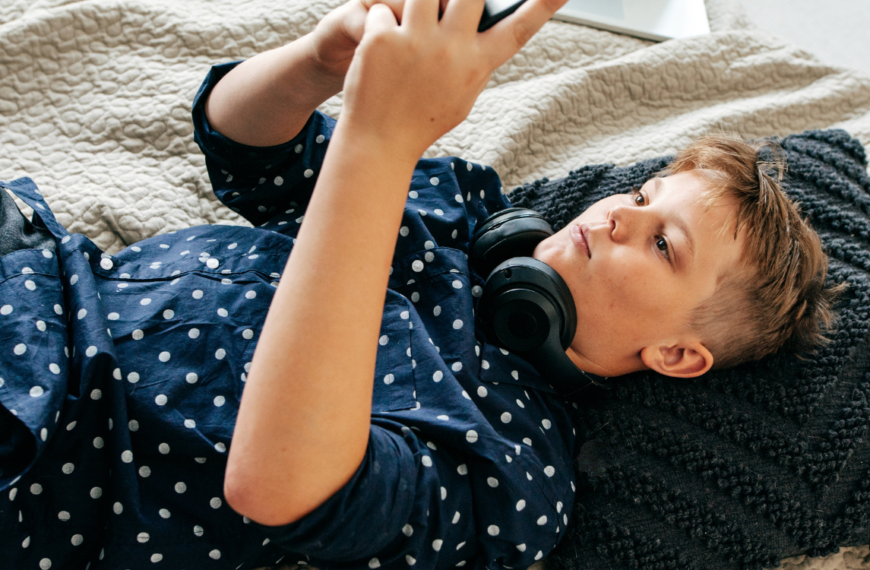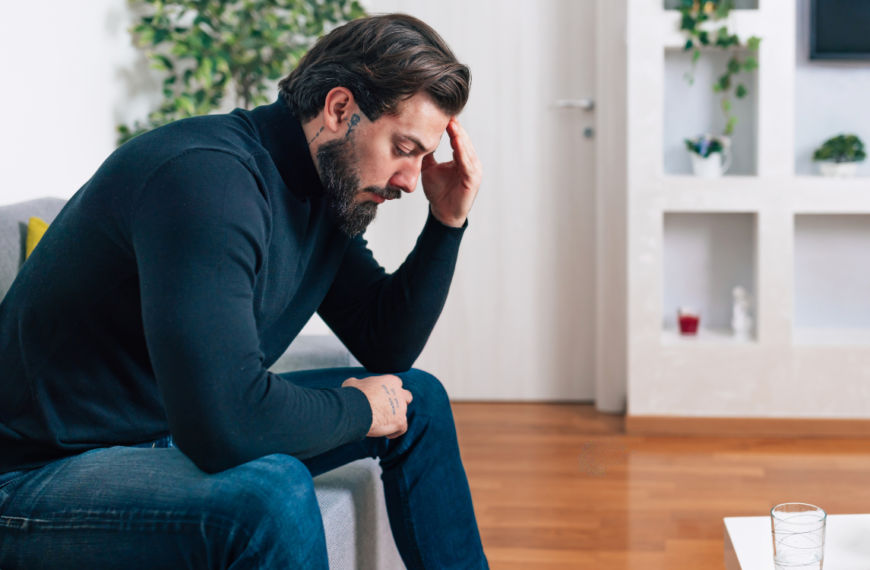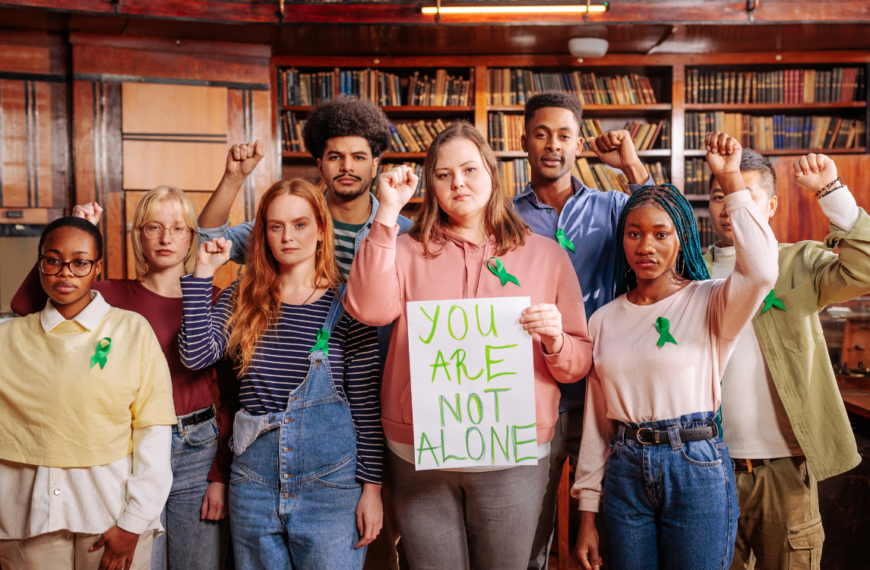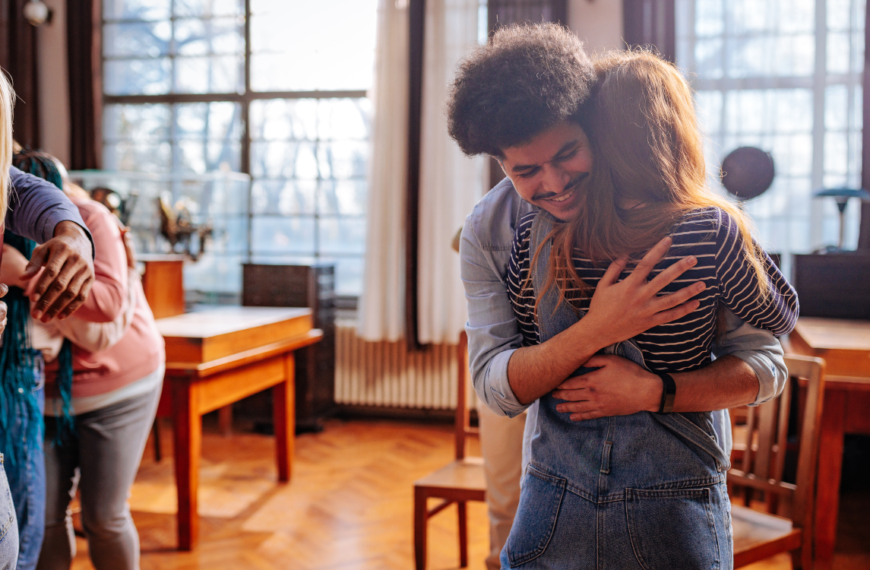Art therapy is an innovative and transformative approach to mental health care that harnesses the power of creative expression to promote healing and emotional well-being. By combining artistic processes with therapeutic techniques, art therapy provides individuals with a unique avenue to explore their feelings, confront challenges, and foster self-discovery. In this blog post, we will delve into the benefits of art therapy and how it can serve as a powerful healing tool.
What is Art Therapy?
Art therapy is a specialized form of therapy that uses various artistic mediums—such as painting, drawing, sculpture, and collage—to facilitate emotional expression and personal growth. Trained art therapists guide individuals in exploring their thoughts and emotions through creative activities, allowing them to communicate in ways that words may not fully capture. This form of therapy is suitable for individuals of all ages and can be particularly beneficial for those who struggle to articulate their feelings verbally.
Benefits of Art Therapy
- Enhanced Self-Expression:
Art therapy provides a safe space for individuals to express their emotions and experiences creatively. This form of expression can be especially valuable for those who find it difficult to articulate their feelings through traditional talk therapy. - Stress Relief:
Engaging in creative activities can be a powerful way to relieve stress and anxiety. The process of creating art allows individuals to immerse themselves in the moment, helping to divert attention from negative thoughts and promote relaxation. - Increased Self-Awareness:
Through the artistic process, individuals can gain insight into their thoughts, emotions, and behaviors. Art therapy encourages reflection and self-exploration, fostering a greater understanding of oneself and one’s experiences. - Emotional Release:
Creating art can serve as a cathartic release for pent-up emotions. By transforming feelings into visual representations, individuals can process and release difficult emotions constructively. - Improved Communication Skills:
Art therapy can enhance communication skills, especially for individuals who struggle with verbal expression. The creative process encourages individuals to articulate their thoughts and feelings through their artwork, fostering a sense of connection and understanding. - Building Coping Skills:
Participating in art therapy can equip individuals with valuable coping strategies. By learning to channel emotions into creative outlets, individuals can develop healthier ways to manage stress and navigate life’s challenges. - Promotion of Mindfulness:
The act of creating art encourages mindfulness, as individuals focus on the present moment and the creative process. This mindfulness can enhance emotional regulation and reduce anxiety. - Strengthening Resilience:
Engaging in art therapy can help individuals build resilience by fostering a sense of accomplishment and self-efficacy. Completing a creative project can boost confidence and empower individuals to face challenges head-on.
How to Get Started with Art Therapy
- Find a Qualified Art Therapist:
If you’re interested in exploring art therapy, consider finding a qualified art therapist in your area. Look for professionals who have specialized training in both art and therapy, ensuring a comprehensive approach to healing. - Join a Group Session:
Many organizations and community centers offer group art therapy sessions. Participating in a group can provide a sense of camaraderie and support, allowing you to connect with others who share similar experiences. - Explore Art at Home:
You don’t have to wait for a formal session to begin exploring art therapy. Gather basic art supplies—such as colored pencils, paints, or clay—and start creating at home. Allow yourself to experiment freely without judgment. - Create a Regular Practice:
Integrate art-making into your self-care routine. Set aside time each week to engage in creative activities that resonate with you, whether it’s painting, drawing, or crafting. Consistency can deepen your exploration and enhance the therapeutic benefits. - Focus on the Process, Not the Product:
In art therapy, the emphasis is on the process of creation rather than the final product. Allow yourself to create without the pressure of perfection, and enjoy the freedom of self-expression.
Conclusion
Art therapy offers a powerful and transformative path to healing through creative expression. By engaging in artistic activities, individuals can explore their emotions, develop coping strategies, and foster a deeper understanding of themselves. Whether through individual sessions with a trained art therapist or personal exploration at home, the benefits of art therapy can be profound. Embrace the power of creativity as a healing tool, and allow yourself to embark on a journey of self-discovery and emotional well-being. Remember, the canvas is yours—paint your story and let your creativity shine!


